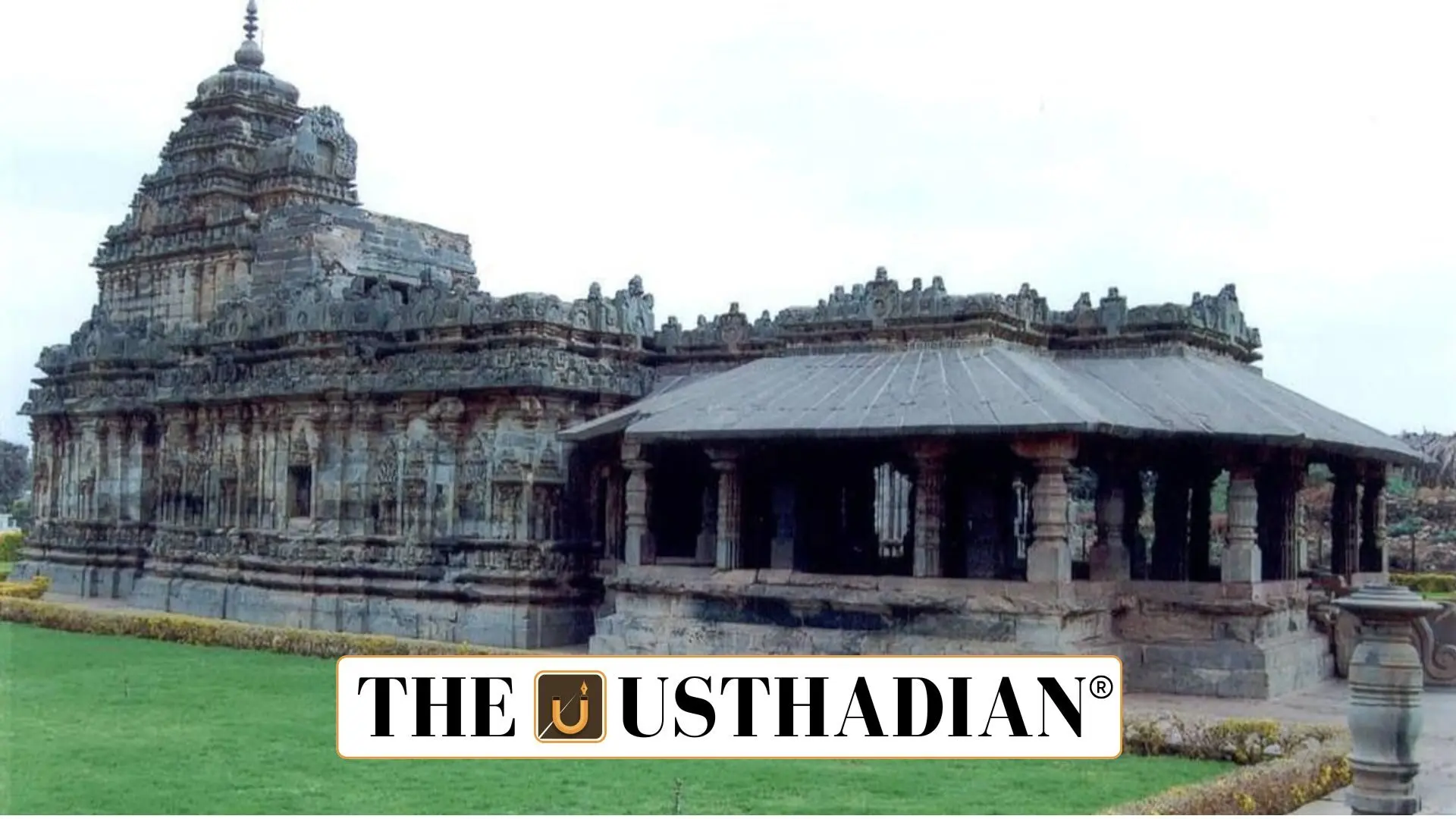Why the Proposal Holds National Significance
Lakkundi Group of Monuments Proposed for UNESCO Tentative List: In a major push for India’s architectural and cultural heritage, the Lakkundi group of monuments in Karnataka is being proposed for inclusion in UNESCO’s tentative World Heritage list. The Karnataka government, in collaboration with INTACH (Indian National Trust for Art and Cultural Heritage), is preparing the final proposal. These monuments represent the glory of the Western Chalukya dynasty, renowned for pioneering advances in temple construction and artistic fusion between North and South Indian styles.
Historical and Cultural Context of Lakkundi
Situated in the Gadag district, the temples and stepwells of Lakkundi were constructed during the rule of the Kalyana Chalukyas, spanning the 10th to 12th centuries CE. This period was marked by significant developments in temple design, sculpture, and civic architecture, especially water management systems like stepwells, which in many cases were larger than the temples themselves. Lakkundi was once a thriving cultural and spiritual hub, influencing temple styles across Karnataka and beyond.
Architectural Features That Meet UNESCO Criteria
The monuments of Lakkundi exemplify the Vesara style, a unique fusion of Nagara, Dravida, and Bhumija styles of temple architecture. This stylistic blend showcases a cultural interchange that meets UNESCO’s selection criteria. The temples also reflect a technological leap in stonework, ornamentation, and hydrological design. Structures like Kasi Visvesvara, Manikesvara, Brahma Jinalaya (1007 CE), and Musukina Bavi are among the finest examples of Chalukyan innovation and devotion.
Associated Temples in the Heritage Cluster
Beyond Lakkundi, the proposal includes historically and architecturally significant temples from nearby areas. These include the Doddabasappa temple in Dambal, Trikuteshwara temple in Gadag, Mahadeva temple in Itagi, and the Sri Mallikarjuna temple in Kuruvatti. Each structure contributes to the comprehensive narrative of medieval Karnataka’s religious architecture and civic planning, reinforcing the candidature for UNESCO recognition.
Future Course and Other Karnataka Entries
The Department of Archaeology and INTACH are currently reviewing the proposal. If accepted into the tentative list, a detailed nomination dossier will be submitted after a year. Other Karnataka heritage sites already on UNESCO’s tentative list include Srirangapatana, Badami, Aihole, Hire Benkal, and the Deccan Sultanate monuments, making Lakkundi part of a broader effort to highlight Karnataka’s cultural richness on the global stage.
Static GK Snapshot for Exams
Lakkundi Group of Monuments Proposed for UNESCO Tentative List:
| Topic | Details |
| Proposal Year | 2025 (Tentative List Entry Proposed) |
| Proposed By | INTACH and Karnataka Archaeology Department |
| Location | Lakkundi, Gadag district, Karnataka |
| Dynasty | Kalyana Chalukyas (Western Chalukyas) – 10th–12th century CE |
| Key Monuments | Kasi Visvesvara, Manikesvara, Brahma Jinalaya, Musukina Bavi |
| Architectural Style | Vesara (Fusion of Nagara, Dravida, and Bhumija) |
| UNESCO Criteria Met | Cultural interchange, architectural significance |
| Next Step | Submission of full nomination dossier after 1 year |
| Other Sites on Tentative List | Badami, Aihole, Srirangapatana, Hire Benkal, Deccan Sultanate Monuments |








